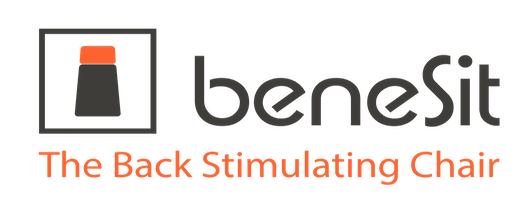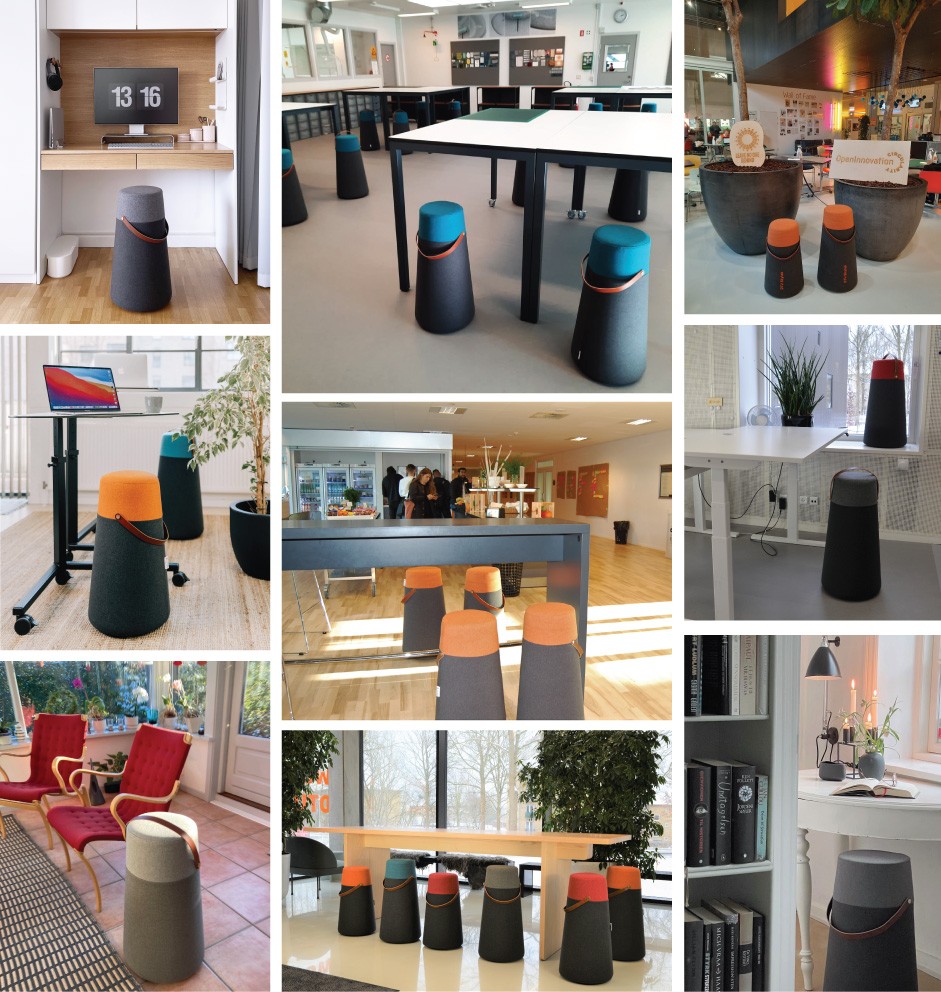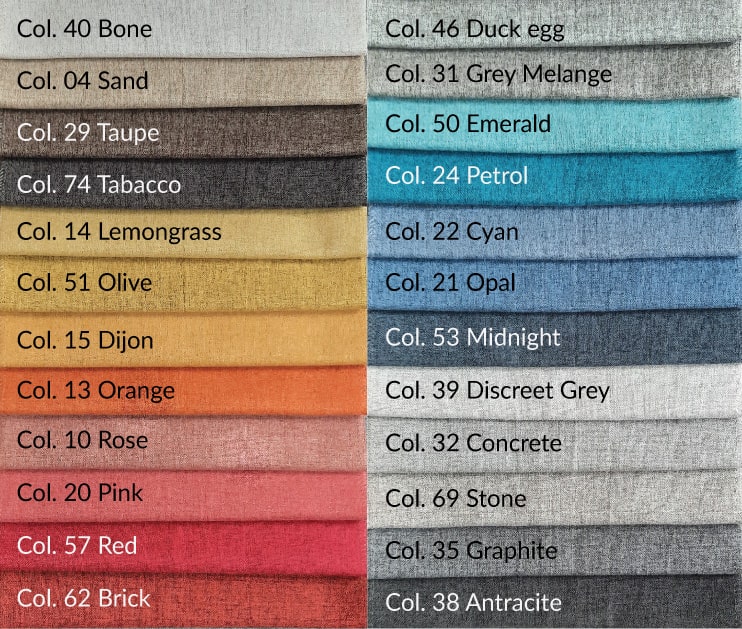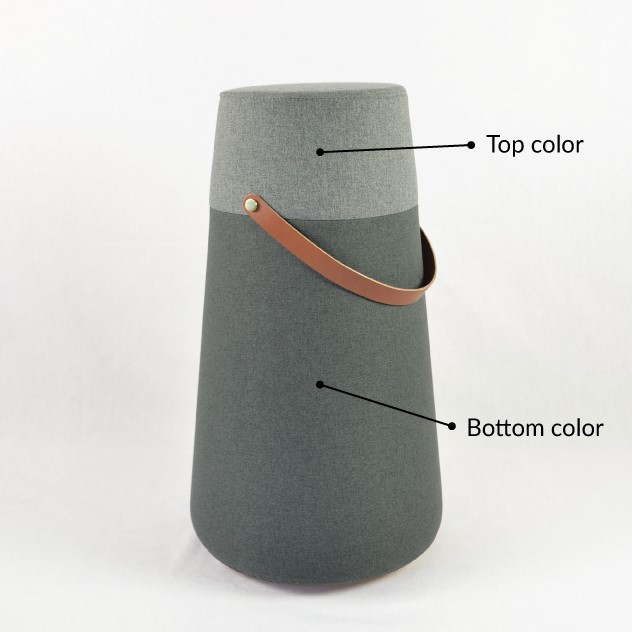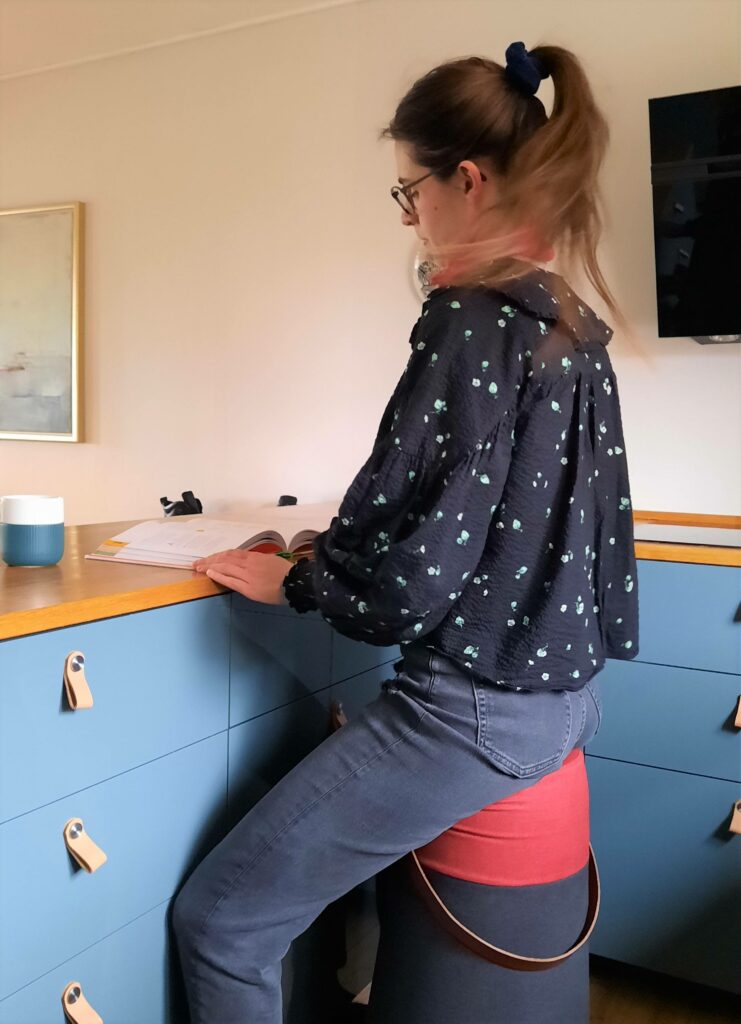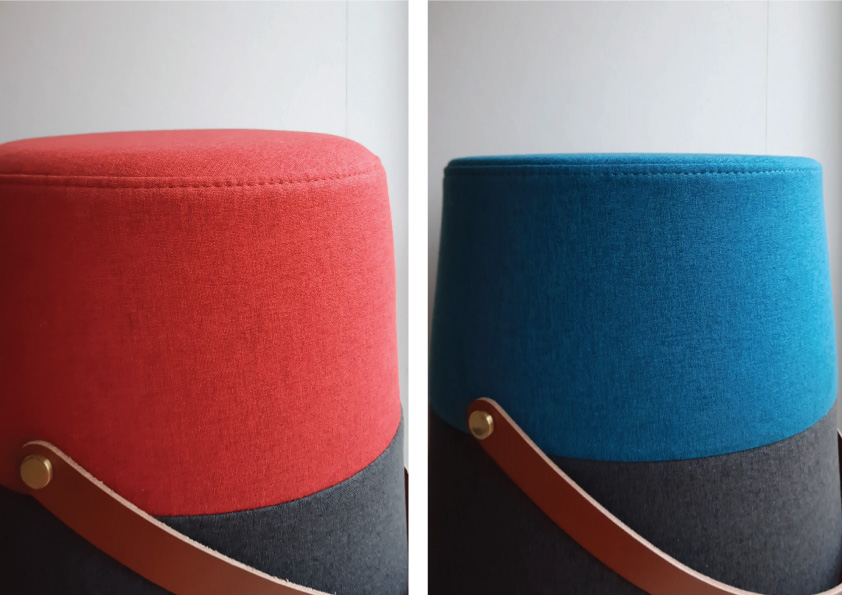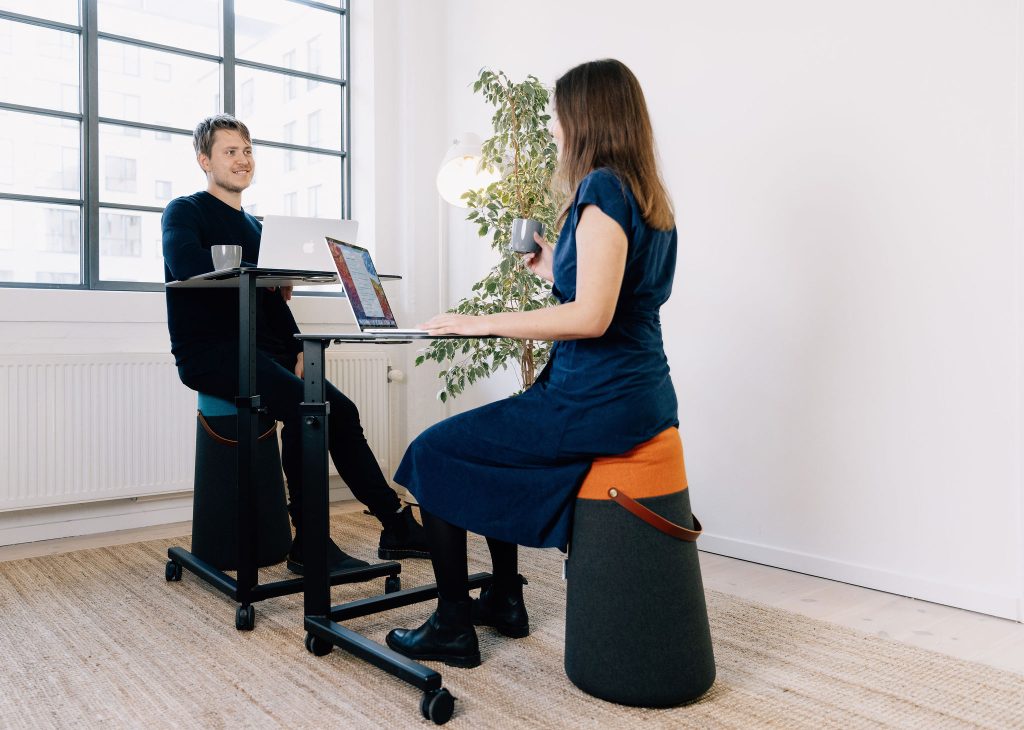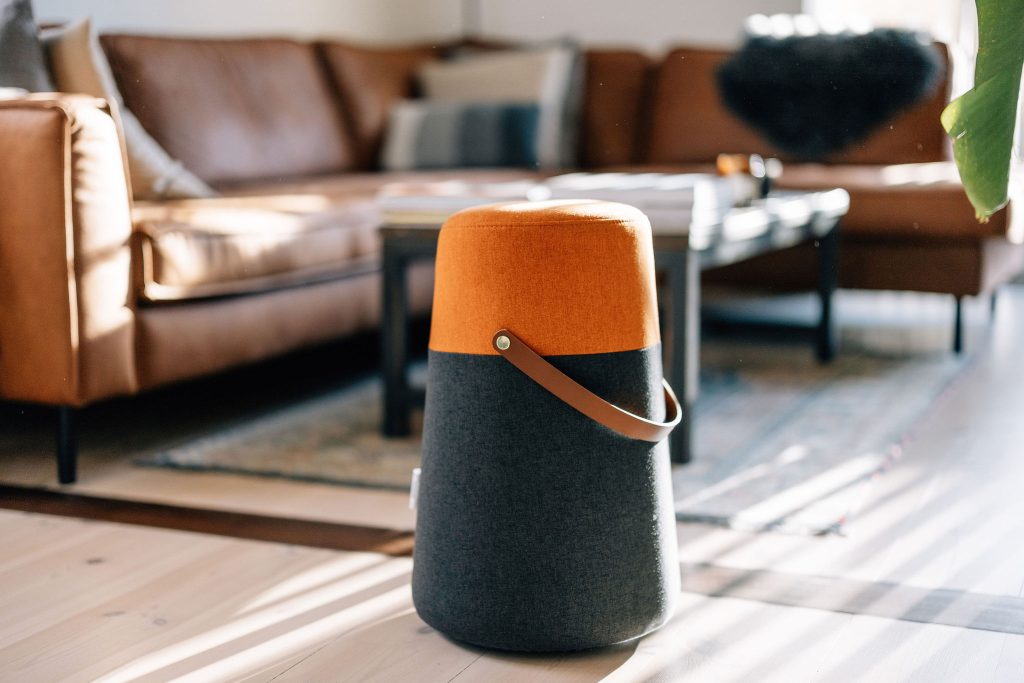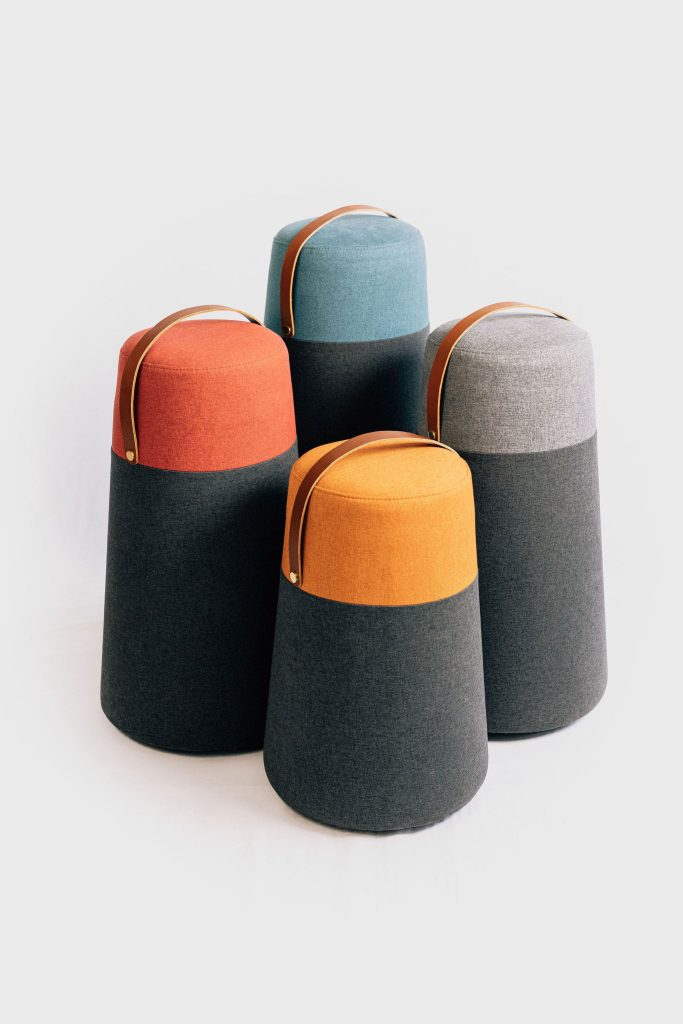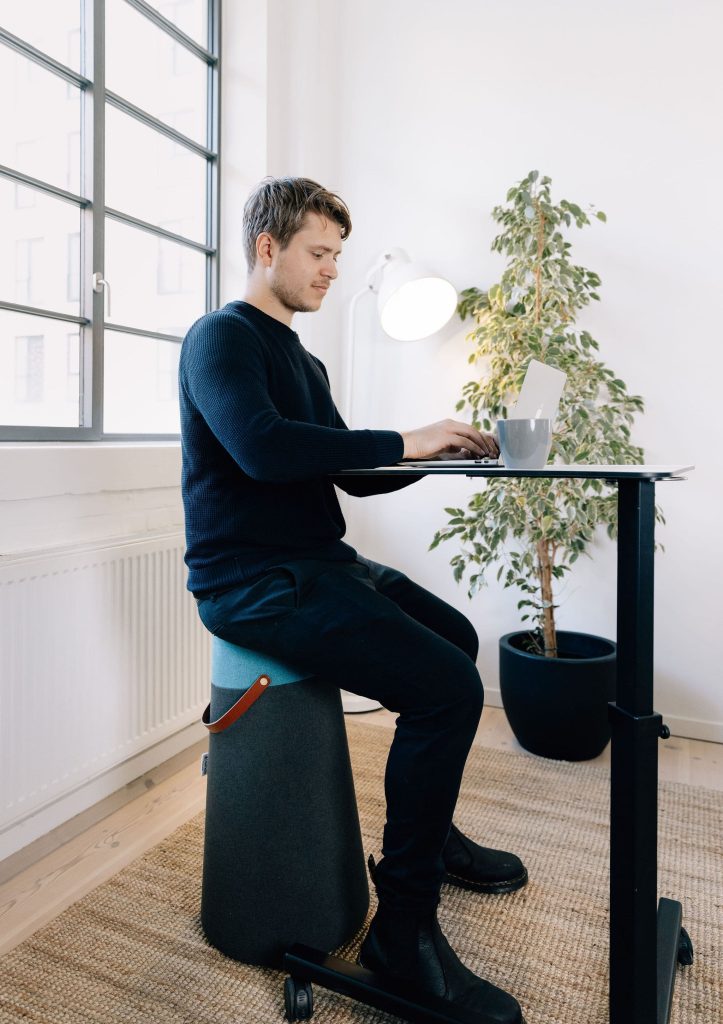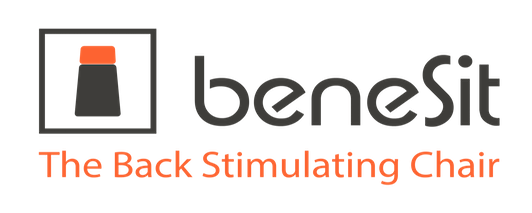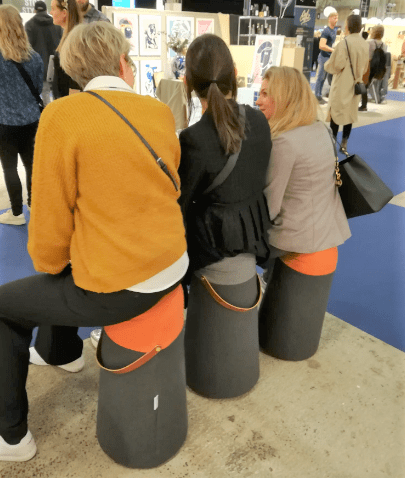
Today we will bring you behind the scene and tell about how BeneSit has involved extreme users in the development process. This was done in the late prototyping phases which still made it possible for us to include changes based on the findings from the test.
Extreme users
But first… What are extreme users? According to Think Design an “extreme user” is a person who exhibits sharpened traits of the target group. This person can therefore provide great insights into the target group and, if done individually, it can shed light on some very specific concerns for each extreme user that should be accommodated for.
How we involved extreme users
BeneSit have been lucky enough to be able to involve several extreme users throughout the development process and here we will focus on one specific extreme user testing.
This BeneSit user agreed to participate in a testing period focussing on the density of the seat of the BeneSit chair. She worked entirely from home and chose to use the BeneSit chair over other back-chairs and regular office chairs. The testing period was semi-structured with several online interviews and the user chose to use the BeneSit chair daily for 3 months.
Between the interviews, the extreme user tested out different types of seats for the BeneSit chair. This allowed for alterations after each test and we were able to provide a new prototype based on the insights.
Results of extreme user involvement
The testing period and continuous dialog with the extreme user resulted in unique insights which we were able to incorporate into the product design. This was all done in an iterative design process allowing for a deep understanding of the user needs.
Read more about and shop the BeneSit chair here.
